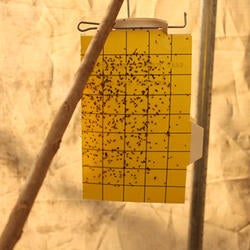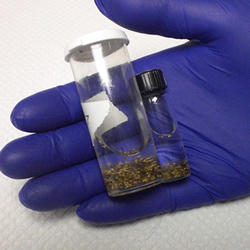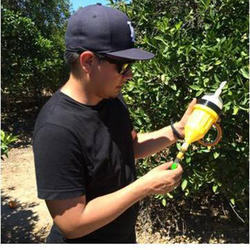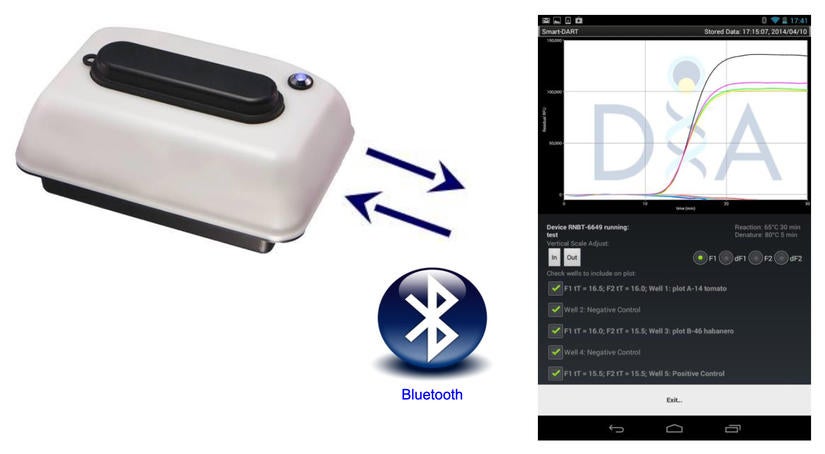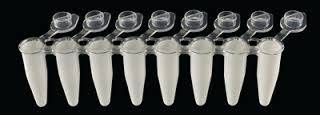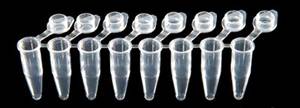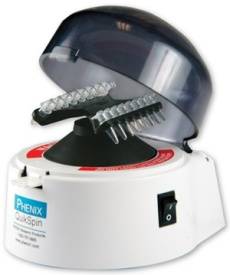Objective:
Develop a LAMP-based field testing system capable of detecting all HLB-associated
Liberibacter populations from both psyllids and plants
- The sticky traps have served well for monitoring psyllid populations; they are not good for liberibacter testing from the captured psyllids.
- Traditionally psyllids are hand collected using aspirators and stored in alcohol. These are excellent for Las testing.
- SmartTraps which are being developed in this project provide testable psyllids.
- SmartTraps are expected to be better than hand collections since psyllids represent those from over several days rather than a specific day.
- Since the bacterial titer in psyllid population varies rapidly over time, SmartTrap collected psyllids may improve our ability to detect Las early.
Publication Keremane et. al., 2015
Smart-DARTTM platform with handheld device to conduct diagnostic assays using isothermal nucleic acid amplification. Wireless control of user interface is provided on a mobile Android device.
- Psyllids are air-dried on a filter paper; dropped into white tubes with extraction reagent.
- The tubes are heated at 85°C for 10 minutes in a SmartDART unit.
- A small part of extraction is transferred to reaction tubes.
- Reaction is carried out at 65°C for 20 minutes in a SmartDART unit.
- The results are viewed on the android tablet connected to SmartDART via Bluetooth.
